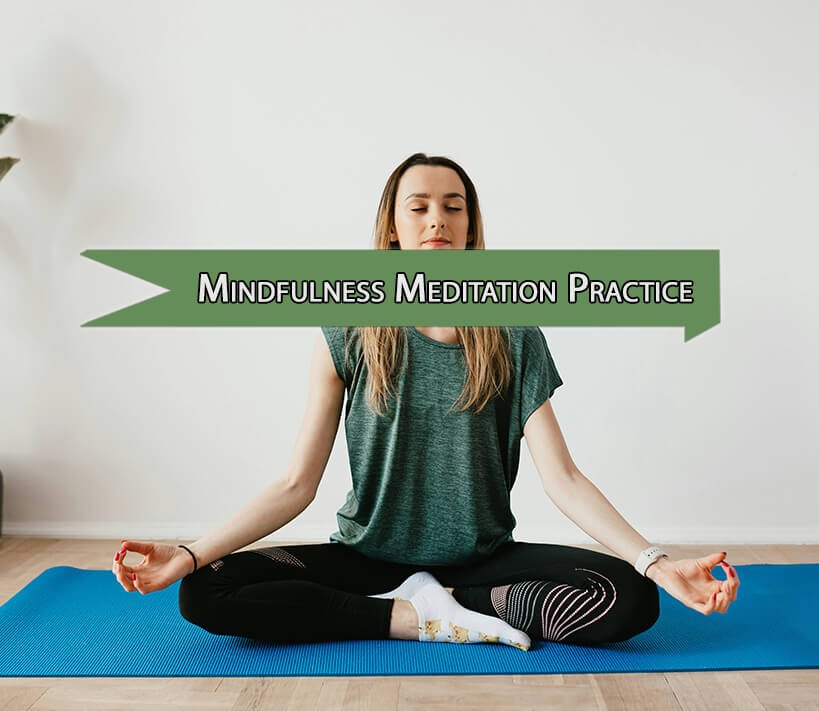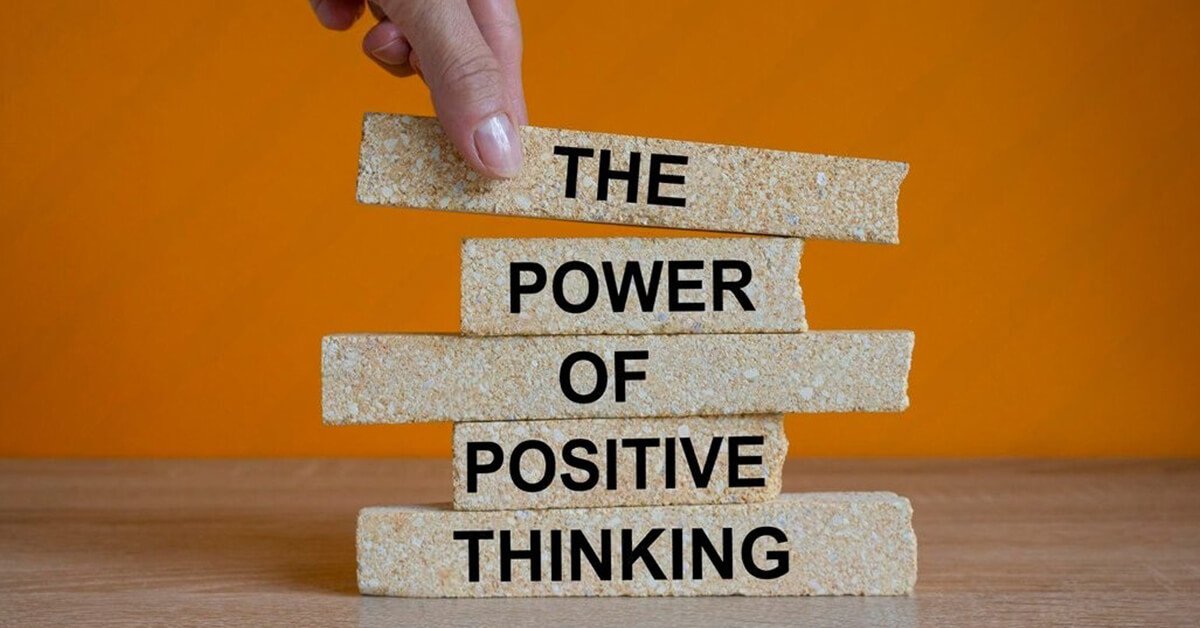These days, when we are under constant work pressure and stress, our minds are constantly racing, and we become easily overwhelmed. In such times, if we can find a way to hit the pause button, reconnect with ourselves, and reset our minds, that way is mindfulness meditation practice. It helps you become fully present, aware, and at peace.
Mindfulness Meditation is the art of paying attention, on purpose, in the present moment, and without judgment. It involves observing your thoughts, emotions, and bodily sensations with kindness and curiosity rather than trying to change or suppress them. Unlike other forms of meditation that aim to clear the mind and achieve spiritual enlightenment, mindfulness is more about accepting what is. You become aware of your current experience your breath, the sounds around you, and your feelings, and you learn to relate to them with calm observation instead of reacting. This practice teaches you to live more consciously and compassionately, not just during meditation but in your everyday life.
Benefits of Mindfulness Meditation
Practicing mindfulness meditation means giving your mind a breath of fresh air, you slow down, tune in, and begin to experience life more vividly. Over time, mindfulness profoundly shifts the way you feel, think, and respond. Here are some key benefits of mindfulness meditation.
1. Mindfulness meditation calms the body fight-or-flight response, lowers cortisol levels, and reduces stress.
2. The heart rate is slowed down, and thoughts are quieted by deep breathing and awareness.
3. Overthinking is let go of, allowing more profound relaxation and improved sleep cycles.
4. The parasympathetic nervous system is activated, leading to improved cardiovascular health.
5. It also helps reduce negative thinking patterns.
6. It boosts positivity, and with each practice, you begin to notice the beauty in every moment.
7. It strengthens your immune system because a calm mind promotes overall wellness, reduces inflammation, and enhances immune function.
8. Mindfulness breaks the loop of constant worry by anchoring you in the present.
How to Practice Mindfulness Meditation
Getting started with mindfulness meditation practice is surprisingly simple. You do not need a fancy cushion, incense, or hours of free time. Just a few minutes a day can make a real difference.
1. Choose a Quiet Space
Find a calm, comfortable place where you will not be easily disturbed. It could be a cozy corner in your bedroom, a quiet bench in the park, or even your car parked under a shady tree. The goal is to minimize distractions.
2. Sit Comfortably
You may sit in a chair, with your feet either grounded or placed cross-legged on a cushion. Your spine should be kept straight yet relaxed. Moreover, your shoulders should be gently dropped, and your hands can be rested either on your lap or your knees.
3. Close Your Eyes or Soften Your Gaze
Next, you may close your eyes if that feels comfortable. However, if not, a soft gaze may be directed at a fixed point ahead. This will help gently guide your attention inward.
4. Focus on Your Breath
Bring your attention to your breathing, the natural rhythm of air entering and leaving your nose or mouth. Notice the rise and fall of your chest or the feeling of your stomach expanding with each inhale. There is no need to breathe, especially observe your breath as it is. You may even say silently to yourself: in…out… to help keep your calm and focus.
5. Use a Word or Phrase (Optional)
If your mind is active, try silently repeating a word with each breath, such as “peace” or “relax”. This repetition will help anchor attention and bring a sense of calm.
6. Let Thoughts Come and Go
It is entirely normal for the mind to wander. You might find yourself thinking about dinner, a conversation from yesterday, or your to-do list. Thats okay. When this happens, notice the thought gently and then bring your focus back to the breath, without frustration, judgment, or trying to force the idea away. A gentle redirection is more effective than scolding yourself.
7. Set a Timer
Start with 5 to 10 minutes a day and gradually increase to 15 to 30 minutes as you feel comfortable. You can use a simple timer or a meditation app, such as Calm, Insight Timer, or Headspace, to help guide your practice.
Bonus Tips for Mindful Living
Mindfulness goes beyond just sitting quietly; it involves being fully present in everyday activities. Once you have developed the habit, you can carry it into your daily life:
- Practice mindful eating. You can eat slowly, savoring each bite, and notice textures, flavors, and sensations.
- Start mindful walking. Take a walk without distraction. Notice how your feet touch the ground, how the air feels, and what you hear.
- Do mindful Chores. Even washing dishes can be a meditation when you focus entirely on the activity.
The more you incorporate mindfulness into routine activities, the more present and peaceful your life will feel.
Conclusion
Mindfulness meditation is not about being perfect or stopping thoughts. It is about being present, being aware, and learning to respond to lift with intention rather than reaction. In a chaotic world, mindfulness offers a path to inner peace, regardless of your circumstances. So take a deep breath….and begin.




